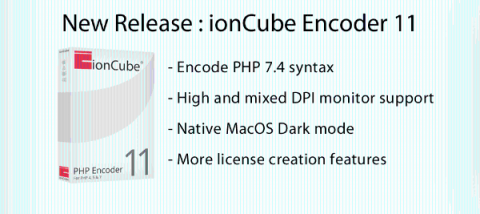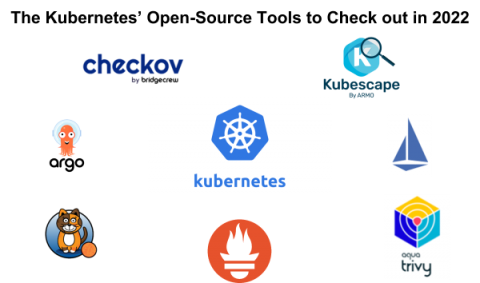What is an Enumeration Attack? How they Work + Prevention Tips
An enumeration attack is when cybercriminals use brute-force methods to check if certain data exists on a web server database. For simple enumeration attacks, this data could include usernames and passwords. More sophisticated attacks could uncover hostnames, SNMP, and DNS details, and even confirm poor network setting configurations. Every web application module that communicates with a user database could potentially become an enumeration attack vector if left unsecured.










